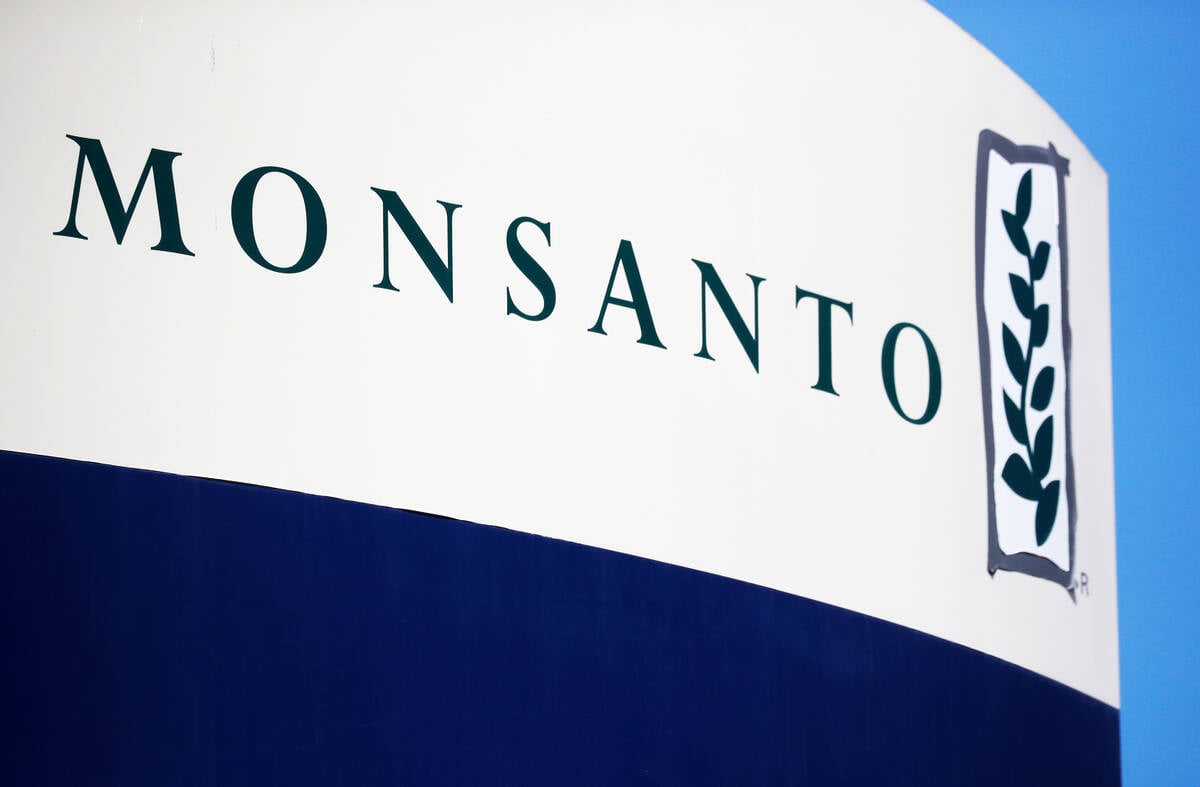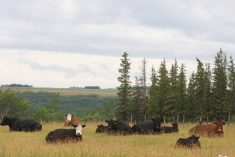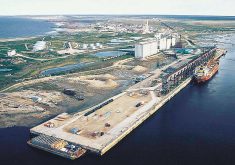Any changes to the rules governing the operation, permitting or construction of hog barns in Manitoba are always going to be controversial.
This is a well-worn debate with both sides set to battle over perceived risks to the environment or the industry, depending on the advocate’s point of view.
What is a little surprising is how quickly the debate seems to be flaring up again in the face of a handful of proposed changes.
Already the industry’s old foe, HogWatch, has reformed and expressed concern over recent developments. Just this weekend a pair of anti-animal agriculture activists penned a rather one-sided and alarmist call to action on the website Huffington Post (Bill would set Manitoba’s animal protections back by a decade, Twyla Francois, Olivier Berreville).
Read Also

Roundup retraction makes public trust ripples
A foundational study on glyphosate safety was recently retracted, while Roundup maker Bayer has already said it may ditch the key agricultural herbicide after lawsuits piled up.
Both are longtime animal rights activists and their opposition to the relaxation of the construction moratorium should come as no surprise. But what should be a bit alarming is the way the article was being touted online and through social media later that weekend by many less committed, but still interested, readers in Winnipeg.
Just to recap, the hog industry grew rapidly following the death of the Crow rate in the 1990s. That change was supposed to make feed grains cheaper and give the region a competitive advantage in livestock production.
In reality, that advantage was short lived because in the absence of subsidized export freight, many farmers simply stopped growing barley. Hog farmers found it more cost effective to import corn from the U.S. The low Canadian dollar was the industry’s main competitive advantage.
At any rate, production surged to eight million hogs annually.
Many celebrated the growth while others fretted about the environmental impact. Just over 10 years ago, in the wake of a Clean Environment Commission report that raised questions about the industry’s sustainability, the NDP government of the day announced a limited moratorium on new applications to build barns in the province. In 2011 it went even further, announcing a total ban.
The government was rethinking that policy when it was voted out of office in 2015.
Now under a Progressive Conservative government, the ban is set to be lifted and the industry, just like its opponents, is ready to respond.
They point out the industry has significant room — and need — for expansion. They also note many of the existing barns are nearing the end of their useful lifespan and need to be replaced.
Seemingly, this sets the stage for yet another round of less-than-helpful conflict.
This discussion shouldn’t be left to the radical viewpoints. On one side are some activists who likely won’t be happy until animal agriculture is a thing of the past. On the other, are some who won’t be pleased with anything short of a regulatory footprint so light it allows hog barns to be built on floating platforms in the middle of Lake Winnipeg.
Here are some facts to keep in mind.
No one is well served by an unmitigated environmental disaster. Industry expansion must be done in a manner that doesn’t externalize costs to the environment. While it can’t be blamed entirely for Lake Winnipeg’s phosphorus problems, the industry did face phosphorus management issues.
However, hogs and other livestock are an important facet of agriculture. In addition to being a significant contributor to the Manitoba economy, they recycle nutrients, some of which are non-renewable.
Lake Winnipeg has a well-documented phosphorus problem.
Also well documented is the fact everyone living in the area which drains into the lake contributes to that problem. This includes crop production, livestock, industry and urban residents. Even HogWatch leader Vicki Burns stipulated this fact during a recent interview with a Co-operator reporter published last week, noting the City of Winnipeg is a major contributor to the phosphorus load.
If it’s a shared problem; it’s going to require a shared solution.
In the case of crop agriculture, that’s going to mean taking care with nutrient applications and following the 4 Rs of good stewardship. For livestock producers it means continuing to follow good manure application strategies and siting barns in the least environmentally sensitive areas possible.
In the case of cities and towns, it’s going to mean a number of behavioural changes too. Most important will be to stop sending the phosphorus produced by cities into water courses, and instead recycling those important plant nutrients to everyone’s benefits.
The simple truth is anyone who lives, eats, works, raises crops or animals or even so much as flushes a toilet in this drainage system bears some responsibility for the problem — and the solution.















